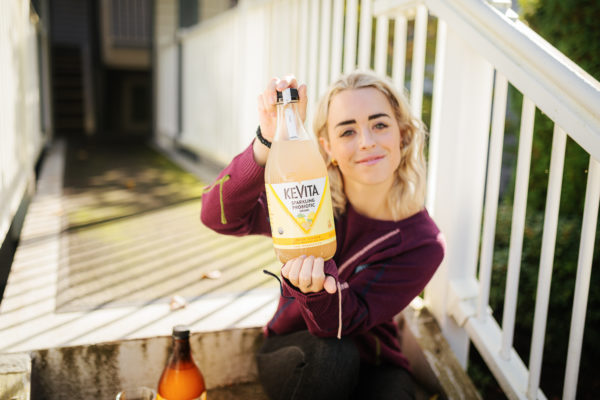
You can’t think about advertising these days without thinking about influencers. They’re prevalent enough in today’s marketing mix that 63% of marketers intend to increase their influencer marketing budget. Influencers changed the way we think about digital advertising and all they did were post simple photos with a product placement that ballooned into a billion dollar industry.
Let’s take a step back to define influencer marketing and the different ways to activate.
What is influencer marketing?
Defining influencer marketing is controversial. Technically, anybody can be an influencer. But, when it comes to influencer marketing there is a level of skill involved. The influencer community exists because their follower base genuinely enjoys, resonates, and relates with their authentic content and voice.
Influencer marketing can be defined as a kind of marketing that focuses on using key people to drive your brand’s message to a specific market. Instead of a company marketing directly to a group of people, you pay influencers to spread the message for you. Influencers are specialists. They have a distinct influence over their audience and can be impactful when marketing to those consumers.
Why is influencer marketing important?
Influencer marketing is important and unique because it grants brands the opportunity to reach their consumers on a more relatable level. Influencers–they’re just like us!
People tend to trust recommendations from their peers. When’s the last time you purchased something because you saw someone post about it? By using influencers, brands can break into that circle of trust since influencers are able to create more meaningful connections and invest time into fostering 1:1 relationships.
There’s validity in these claims. 51% of marketers believe they can acquire better customers with influencer marketing. And it’s true–87% of shoppers admit that they’ve been prompted to make a purchase by an influencer. Are you one of them?
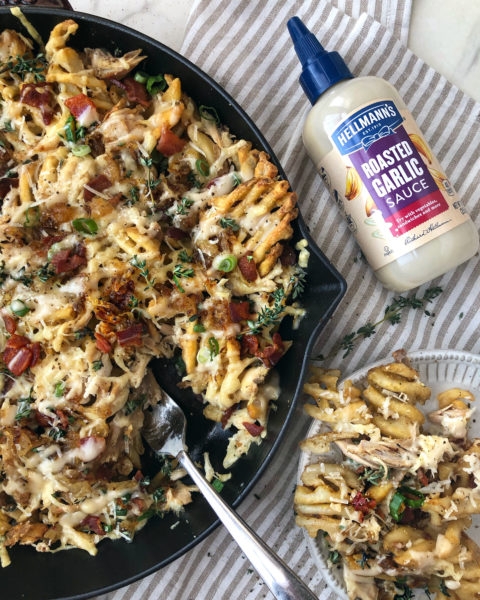
Influencer marketing in 2020
Influencer marketing has come a long way. What was once just a singular photo with the intent to drive awareness, has now evolved into a means of driving clicks, conversations, conversions and more. If you take away anything from this article it should be that the one and only constant in influencer marketing is change.
We predicted influencer marketing would evolve in a few ways in 2020. From the rise of micro influencers to the buying power of Generation Z, you can read more about that here.
Overall, influencer marketing has grown more competitive in 2020. Brands are starting to focus more on analyzing the ROI of partnering with influencers and are also giving their influencer partners a seat at the table when strategizing campaign ideas. With consumers being more home-bound in 2020 it’s more important than ever to capitalize on the e-commerce experience and making it easy to purchase products from home.
The different types of influencer marketing campaigns
There are many ways you can partner with influencers, a few which we outline here. Today, we’ll focus on the two main ways to partner with influencers for influencer marketing: Organic influencer campaigns and paid influencer campaigns.
Recommended Reading: B2B Influencer Marketing: Your 2021 Guide To Success [+ 3 Examples]
Organic influencer campaigns
The most common way to partner with influencers is through organic influencer campaigns. An organic influencer campaign, on its most basic level, means you exchange payment for one influencer post promoting a product or brand. Influencers must disclose the post is an #ad or #sponsored. These posts are published to the influencer’s followers and are expected to live on their feed for at least 30 days, often more. In recent surveys, 89% of marketers said ROI from influencer marketing was comparable to or better than other networks, but when it comes to organic influencer campaigns, ROI can be hard to measure. If you’re looking for clear cut ROI metrics it’ll be tough to track solely based on an organic influencer campaign.
Brands often use influencers for organic influencer campaigns for new product launches, driving continued awareness through one-off campaigns, longer-term brand ambassador partnerships, promotions and more. Organic influencer activations will move the needle, you just might have a harder time actually attributing your influencer efforts to your brand’s bottom line.
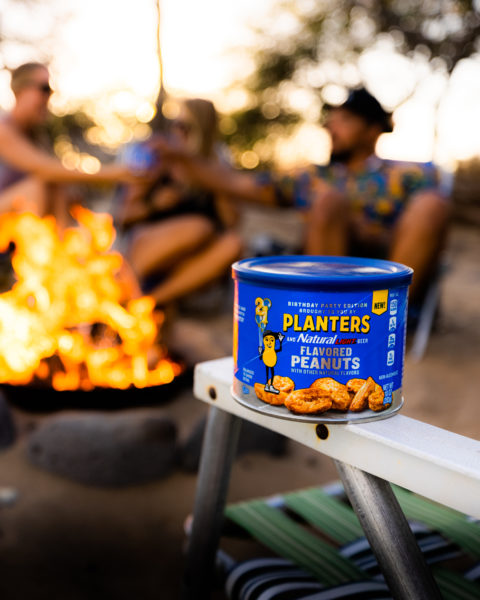
Paid influencer campaigns
The most successful organic influencer campaigns are often paired with paid amplification. The combination of organic plus paid allows you to do more than just measure awareness.
By amplifying influencer content you’re transforming a post into a compelling ad to reach your target audience beyond the organic following reaching those most likely to take action.
Promoting influencer content is important because:
- It improves reach and visibility, driving significantly more awareness to a targeted audience
- You can monitor and track audience and purchase behavior
- It helps you understand ROI as it relates to influencer content
- The message appears more native and less disruptive in the feed
- Shoppable buttons turn conversions into an authentic part of the platform experience
We encourage clients to think outside the box regarding paid amplification of influencer posts. Consider implementing a testing plan to best understand what resonates most with your audience and iterate based on learning.
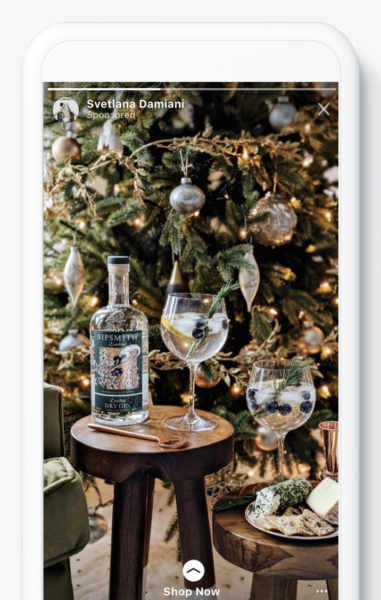
Influencer marketing campaign examples
Every influencer campaign is unique in its own way, but here are a few of our favorite examples.
OLLY testing a new platform: TikTok
Veterans of the Instagram influencer marketing space, Olly wanted to understand how to engage with their audience in a new way. New to TikTok, Olly needed a trusted partner to help them find the right TikTok creatives, efficiently produce TikTok content and easily track TikTok analytics.
Olly wanted to understand how to engage with their audience in a new way. With Popular Pays’ TikTok integration, Olly set themselves up for success. Olly used the Pop Pays platform to source the right TikTok creatives, develop their TikTok assets, track performance, and even repurpose the content across other social channels.
Olly garnered over 1 million total video views and an 18.5% average engagement rate. Learn more here.
KIND snacks influencer activation
As the fastest growing granola bar in America, KIND wanted a splashy campaign to promote their KIND awesome campaign, where they encouraged people to “spot a kind act, send a kind snack.”
Utilizing Popular Pays, KIND selected influencers and coordinated all posts going live on the same day, at the same time.
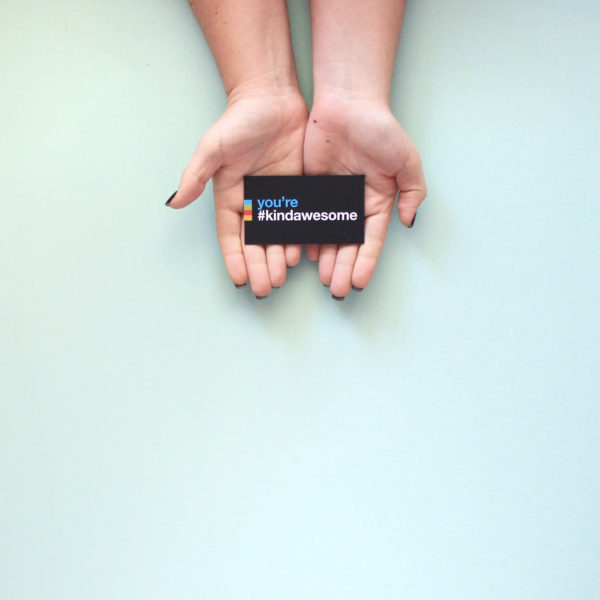
As a result, KIND coordinated the activation of 70 influencers to post about #kindawesome. Learn more here.
Chameleon Cold-Brew using influencers as an always-on strategy
Chameleon Cold-Brew wanted to partner with influencers on a consistent basis to produce a steady stream of content while driving awareness for their versatile products through influencer posts.
Using Popular Pays, Chameleon maintained a year-long brand ambassador influencer campaign. They generated awareness month-over-month through influencer marketing and developed a library of content through each influencer’s viewpoint.
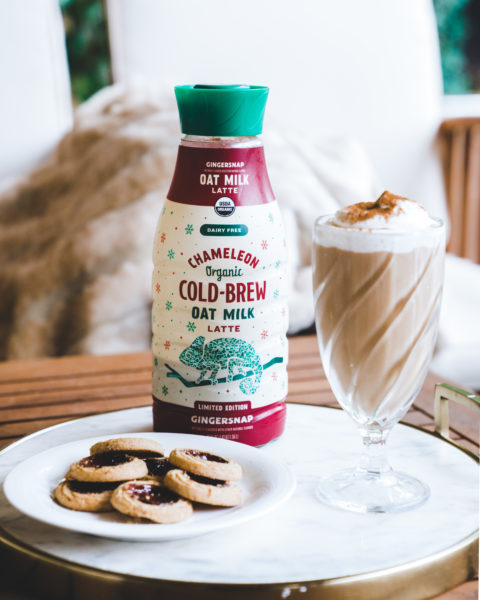
As a result, Chameleon generated consistent visibility of their products on social media, hitting 1 million followers per month over a year. Learn more here.
How do you run a successful influencer marketing campaign?
Now you might be asking, where do I start? How do I run a successful influencer marketing campaign? Like any marketing strategy, influencer marketing takes research and time to plan. You won’t find success blindly sending products out to people who ask or appear to be your target audience. Let’s break it down.
How to create your influencer campaign strategy
Before diving into finding or activating influencers, you need to first identify your goals and understand how much influencer marketing costs. Ideally, your brand should already have some social media presence. You don’t want future customers searching for your social pages only to come up empty handed.
When partnering with influencers, you must answer the following:
- Are you looking to increase brand awareness or are you looking to grow your content library?
- Do you want to drive website traffic?
- Do you want to drive engagement and conversation?
- What platform(s) do you want to activate on? (We recommend starting with one)
Identify if you’d like to prioritize brand awareness (reach) or content creation (assets) so you can not only reach your goal but measure KPIs successfully. We talk all about identifying goals in our influencer marketing best practices blog. Take a look here for more information on setting yourself up for success.
How to find influencers
Influencers are everywhere, but identifying the right ones for your campaign can be difficult. Start by looking into your own social profiles: Who is your audience? What are their demographics? Take a look through comments, likes and engagements to understand who has already expressed interested in your brand and/or a potential partnership.
Once you’ve identified who your audience is, start looking for influencers who have the ability to reach those people. The best way to find influencers is through Instagram itself, influencer search platforms and online communities. We go into further detail about finding influencers here.
Influencer management
Managing influencer marketing campaigns are known to be incredibly time consuming which is often a turn off if you’re having to manage them manually.
Brands have told us they save 50% or more time working with a software collaboration platform, like Popular Pays, to facilitate influencer marketing campaigns. Ditch the spreadsheets and invest in a platform that helps you keep everything in one place.

Tracking influencer marketing campaigns
Tracking influencer campaigns is dependent upon your goals. Like most marketing tactics, success in influencer marketing relies heavily on a test and learn approach. Take each campaign one at a time, evaluate performance and optimize moving forward. Then rinse and repeat!
What to measure
Measurement depends greatly on your goals. However, the two most important success indicators to start with are impressions and engagement rate.
Impressions: How many people saw the influencer’s post? Look for correlations between the number of followers and impressions. Sometimes less is more–macro influencers don’t always get the best reach but micro influencers don’t have huge followings. Test both and see what drives most awareness for your brand.
Engagement Rate: Engagement rate can be calculated by taking the likes + followers divided by impressions of the post. Aim for around a 2% engagement rate.
Things to ask: Which post received the highest engagement rate? Why? What type of content did they post? Take a look at the comments on the influencer’s post and evaluate the communication happening there. This will help you understand what resonates most with your target audience.
Once you have a few campaigns under your belt, it’s time to take a step back and take a look at the holistic performance. Which campaign performed the best and why? Which influencers drove the most engagement and why? Which content performed best, agnostic of campaign? Is there a certain format working best? Is there a difference in performance between Feed and Stories or platform (Instagram vs TikTok)?
Each part of the influencer marketing process informs the next. Learn more about influencer marketing data that matters for your brand here.
How to measure success
There’s no right or wrong way to measure the success of your influencer marketing campaign. Success comes in many forms. To some, success is measured on the numbers of assets received, how much time saved or number of people reached.
When it comes to aggregating and analyzing data, there’s no arguing that software helps streamline the process. Pulling data is an incredibly manual process full of timesheets and a headache.
Platforms like Popular Pays take the aggravation out of it. Discover influencers and content creators, develop relationships, collaborate, build content, and report on performance all-in-one place. Additionally, our Facebook integration allows brands to directly export content to Facebook or Pinterest Ads Managers where it can be promoted to a wider audience.
How to optimize influencer campaigns
Reviewing influencer marketing data can be overwhelming. Take it one step at a time by iterating on one part of your influencer marketing campaign. For example, if you’re noticing that micro influencers are driving the best engagement rate, continue partnering with only micro influencers to verify this conclusion.
Recommended Reading: What Is a Micro-Influencer? 7 Benefits They Offer Your Brand (+ Examples)
Tracking data manually is tough! One of the best ways to keep all your influencer marketing data in one place is to partner with a software collaboration tool. This allows you to view data at the post level and campaign level and make real-time optimizations.
In conclusion, influencer marketing is here to stay, but the way in which you run a successful influencer marketing campaign will fluctuate. It’s important to be agile and ready for change.
While there are some unique considerations to working with influencers, developing an influencer marketing campaign strategy is similar to other tactics–It takes time, research, setting a budget and of course, patience!
Once you get in a groove, it’s easy to iterate from there. It takes awhile to gain success but we’re confident that incorporating influencers into your marketing strategy will be beneficial.
Ready to rock and roll with your influencer marketing campaigns? Popular Pays team of creative strategists and customer success managers are ready to help! Contact [email protected] to get started.